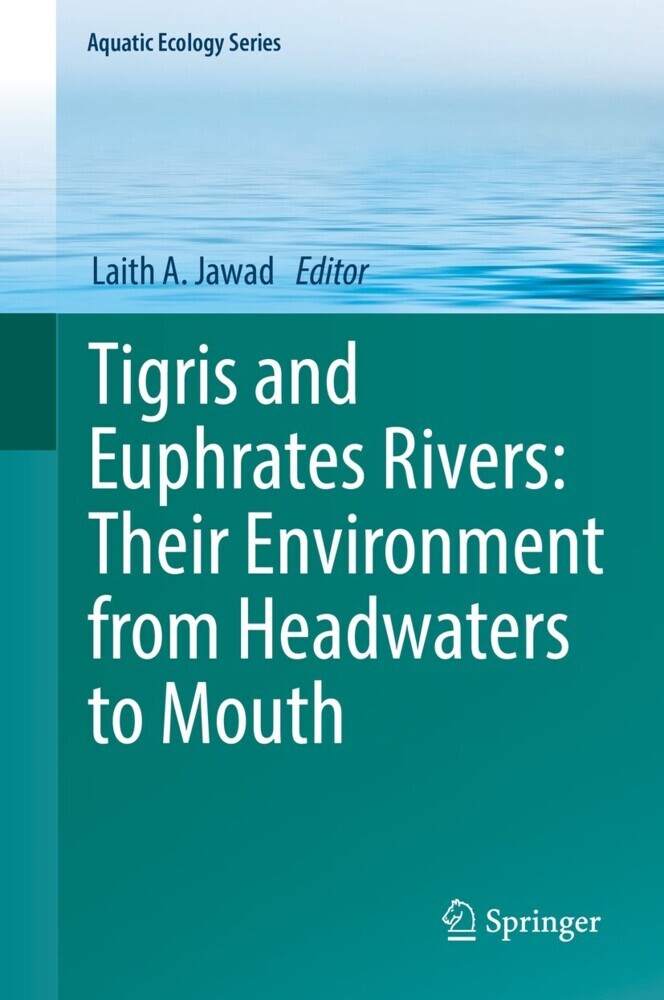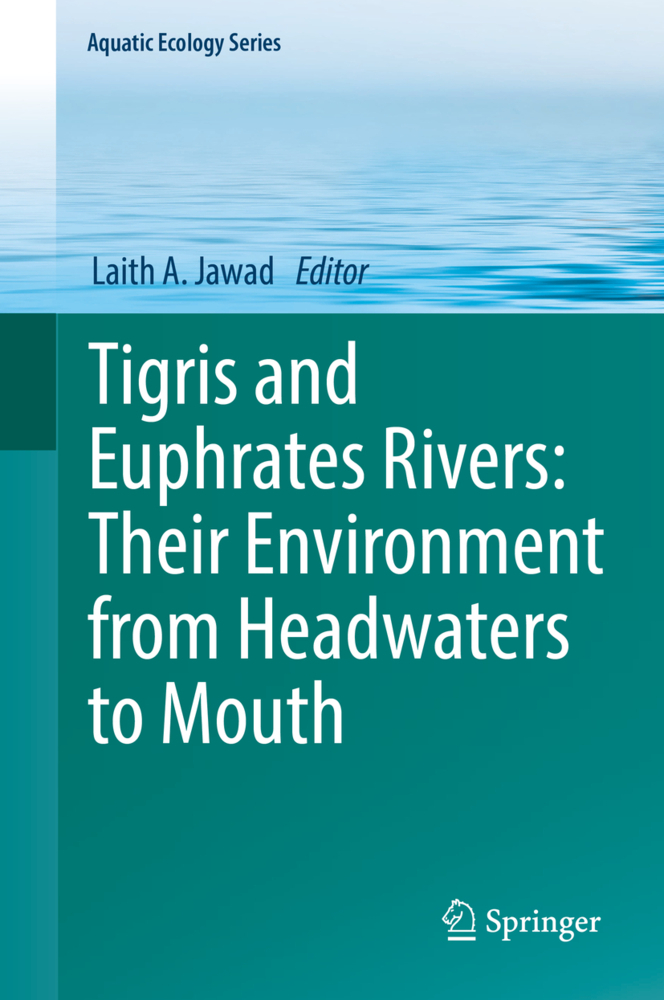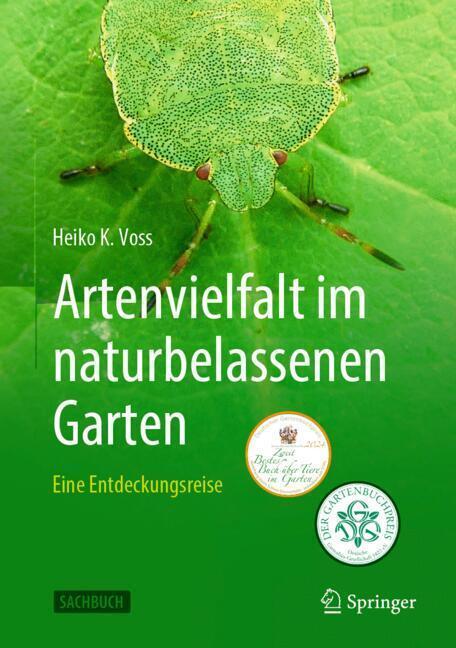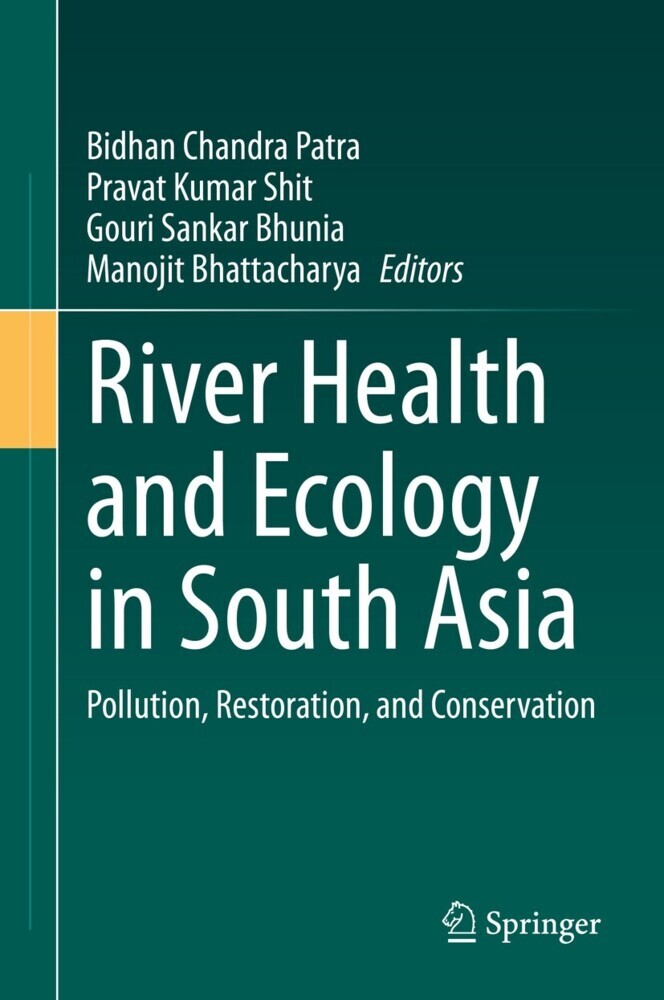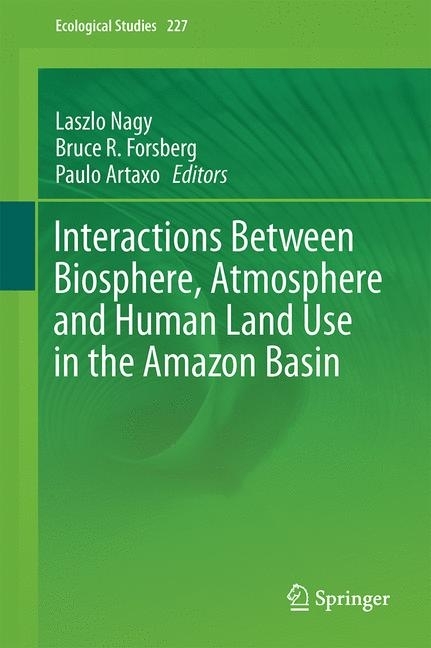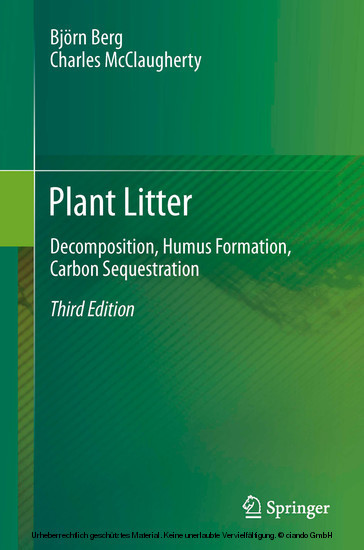Tigris and Euphrates Rivers: Their Environment from Headwaters to Mouth
The system of the Tigris-Euphrates Rivers is one of the great river systems of southwestern Asia. It comprises the Tigris and Euphrates Rivers, which follow roughly parallel courses through the heart of the Middle East. The lower portion of the region that they run through is known as Mesopotamia, was one of the cradles of civilisation.
There are several environmental factors that govern the nature of the two rivers and shape the landscape the two rivers running through. Geological events create rivers, climate monitor the water supply, the surrounding land influences the vegetation and the physical and chemical features of water.
The Tigris-Euphrates system runs through the territory of four countries, Iraq, Iran, Turkey and Syria. Therefore, any scientific approach to the environment of these two rivers should include the natural history events in these countries.
The book 'Tigris and Euphrates Rivers: Their Environment from Headwaters to Mouth' will be divided into nine parts. These parts deal with the issues of the environment, the status of the flora and fauna, the abiotic aspects, ecology, hydrological regime of the two rivers, the biotic aspects. Water resources, stress of the environment, conservation issues.
Since the book of Julian Rzoska 'Euphrates and Tigris Mesopotamian Ecology and Destiny' in 1980, no book or major reference has been published that includes between its cover the facts and information that the present book will present. Therefore, the importance of the present book falls in stating the present status of the environment of the two rivers and the comparison of their environment between now and that of 37 years ago as given by J. Rzoska (1980).
The recent studies showed that there are a large number of natural and political events that happened within the last three decades in the area of the Tigris-Euphrates river system that for sure have done a great change to the environment of the two rivers and consequently changing the biological and non-biological resources of the two rivers.
This book will be a reference book to both Academic and students across the Middle East in different disciplines of knowledge to use in their researches on Tigris-Euphrates river system. The scholars interested in this area will use this book as a guide to compare this freshwater system with other areas in Asia and the world.Laith A. Jawad obtained MSc in Fish Taxonomy from the Zoology Department, University of Bristol, UK, in 1980. He then worked as a fish taxonomist at Basrah University, Iraq, for more than 20 years before moving to New Zealand in 1997. During this time, he founded the biochemical taxonomy of fishes of Iraq and published over 400 scientific papers and book reviews in leading scientific journals. He is the author and co-author of several biology textbooks published in Arabic. Recently, he contributed five chapters to the book Coastal Fishes: Habitat, Behaviour and Conservation, published by Nova Publishers, Canada. He also authored the book Dangerous Fishes of the Eastern and Southern Arabian Peninsula, published by Springer in 2017. He served as a fish biodiversity expert and consultant at the Ministry of Agriculture and Fisheries in Oman between 2008 and 2012, during which he co-authored two papers describing a new fish species in the Omani waters and reported over 80 fish species in Omani waters. He authored a guide to the fishes of the southern coasts of Oman published by the Ministry of Agriculture and Fisheries in Oman in 2018. He also published over 90 papers on the fish fauna of Oman, Iraq, Kuwait, and Saudi Arabia. In 2013, he started research collaborations with over 100 scientists from more than 50 countries around the globe investigating various aspects of fish taxonomy and ichthyology.
Jawad, Laith A.
| ISBN | 9783030575700 |
|---|---|
| Artikelnummer | 9783030575700 |
| Medientyp | E-Book - PDF |
| Copyrightjahr | 2021 |
| Verlag | Springer-Verlag |
| Umfang | 1640 Seiten |
| Sprache | Englisch |
| Kopierschutz | Digitales Wasserzeichen |

